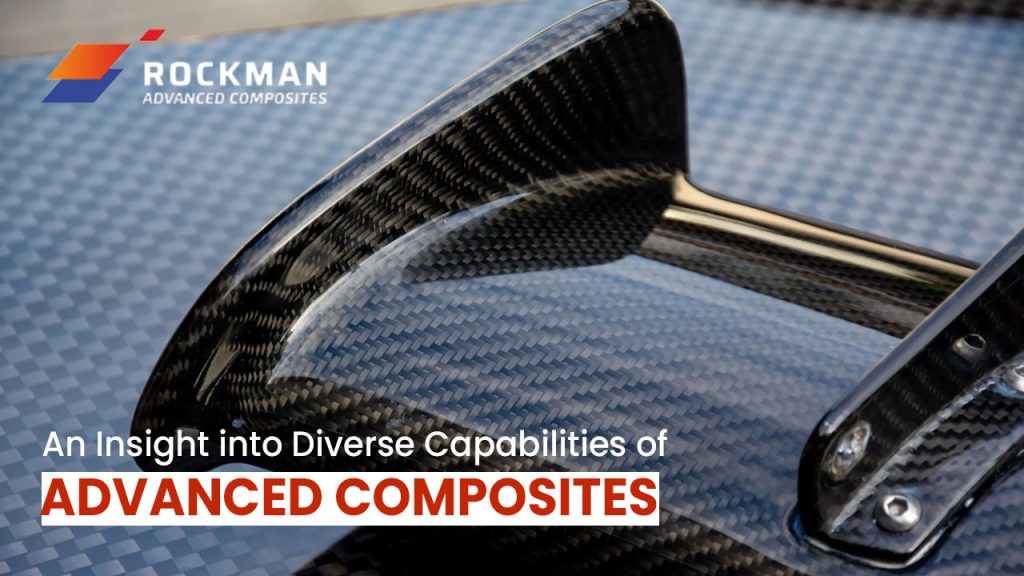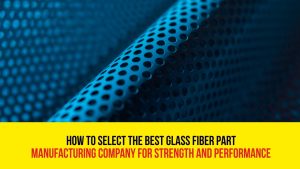Materials have been at the forefront of innovation, right from the Stone Age to the silicon age. Even today a material called advanced composite is creating waves across diverse industries and is bringing another material revolution. Advanced composites are extraordinary materials that are pushing the boundaries of the design and engineering sector by reshaping diverse industries and providing innovative solutions to some most pressing global problems. Composites are not new to mankind but have existed for hundreds of millions of years but man-made composites date back as 3000 B.C., when Egyptians developed mud-and-straw bricks. Advanced composites have allowed engineers to create materials with advanced properties that are used for varied and wondrous applications.
USP of Advanced Composites
Material science development has accelerated faster than ever before and is creating opportunities for engineers to innovate and accelerate growth in a variety of industries, from automotive to aviation. Due to their superior and enhanced properties, advanced composites are playing a pivotal role in modern manufacturing and engineering. Advanced composite materials comprise a matrix-like resin and reinforcement-like fibers and are designed with certain properties to make them ideal for a variety of applications. This material has become increasingly valuable for diverse industries because of its multifarious capabilities. Advanced composites are popularly used across industries because this material is capable of everything that metals are and at less weight and more advantages. Some of the major USPs of advanced composite includes:
High Strength-to-Weight Ratio – Advanced composite’s high strength-to-weight ratio is its major USP that leads to the construction of lightweight structures without compromising strength. Carbon fiber-reinforced polymers are an advanced composite extensively used in aviation to automotive to manufacture diverse aircraft and automotive parts.
Tailored Mechanical Properties – The best thing about this material is that it can be engineered with specific mechanical properties by altering the type, orientation, and volume of the reinforcement fibers. Manufacturers take advantage of the customization option to come out with a material that caters to exact performance requirements for specific applications. For example, automotive manufacturers to manufacture safer and efficient vehicles require material of specific stiffness that can be made with different composite formulations.
Electrical Conductivity or Insulation – Advanced composite is a material that can be either insulating or electrically conductive, depending upon the application for which it is required. Advanced composites that can conduct electricity are useful in electromagnetic interference shielding applications whereas advanced composites with insulating properties are used in components to ensure safety and prevent electrical shots.
Design Flexibility – Advanced composites being highly versatile allow manufacturers to produce parts of complex shapes and intricate designs that are otherwise challenging to make with conventional materials. The design flexibility feature in advanced composites makes them valuable for diverse industries like consumer goods and aerospace, where efficient and innovative designs are vital to gaining a competitive edge. Advanced composites lead to the creation of lightweight, aerodynamically optimized structures.
Sustainability and Environmental Benefits – Advanced composites being lightweight reduces fuel consumption and harmful emissions, thereby majorly contributing to sustainability. Besides, composites manufacturers are looking to develop bio-based composites and recyclable materials for further environmental benefits. The natural fibers used as reinforcement in composites promote the use of renewable resources and reduce the dependence on synthetic materials.
End Note
Advanced composites’ diverse capabilities make them valuable across diverse industries because of their unique properties like high strength-to-weight ratio, tailored mechanical properties, electrical conductivity or insulation, design flexibility, along sustainability and environmental benefits. With the advancements in technology, advanced composites are expected to play a significant role in modern manufacturing and design.








